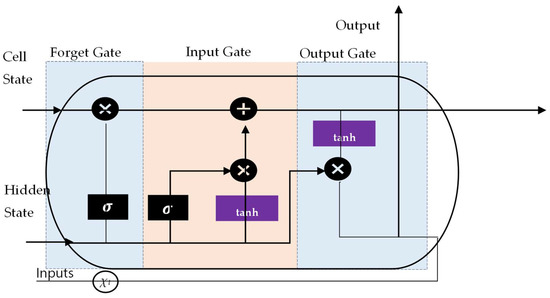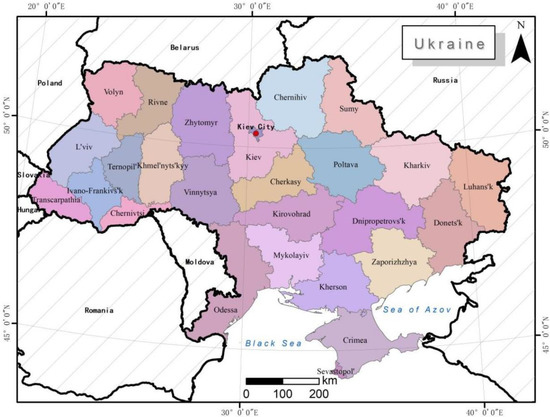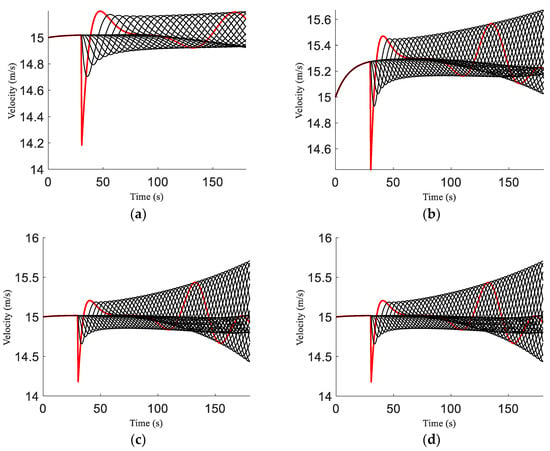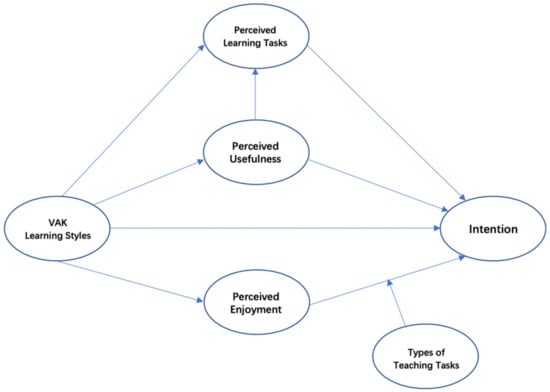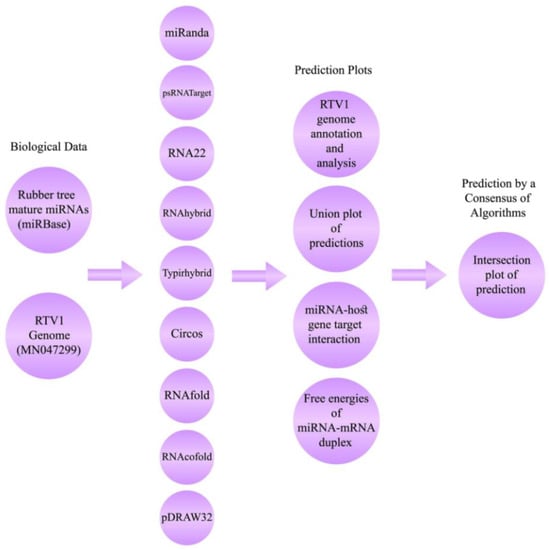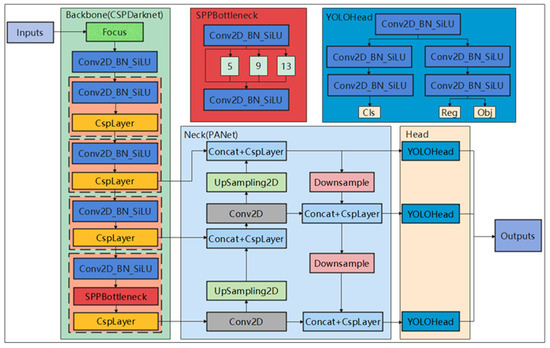Appl. Sci. 2022, 12(24), 12572; https://doi.org/10.3390/app122412572 - 8 Dec 2022
Cited by 7 | Viewed by 2156
Abstract
Damage detection and evaluation are concerns in structural health monitoring. Traditional damage detection techniques are inefficient because of the need for damage detection before evaluation. To address these problems, a novel crack location and degree detector based on YOLOX is proposed, which directly
[...] Read more.
Damage detection and evaluation are concerns in structural health monitoring. Traditional damage detection techniques are inefficient because of the need for damage detection before evaluation. To address these problems, a novel crack location and degree detector based on YOLOX is proposed, which directly realizes damage detection and evaluation. Moreover, the detector presents a superior detection effect and speed to other advanced deep learning models. Additionally, rather than at the pixel level, the detection results are determined in actual scales according to resolution. The results demonstrate that the proposed model can detect and evaluate damage accurately and automatically.
Full article
(This article belongs to the Special Issue Machine Learning–Based Structural Health Monitoring)
►
Show Figures

